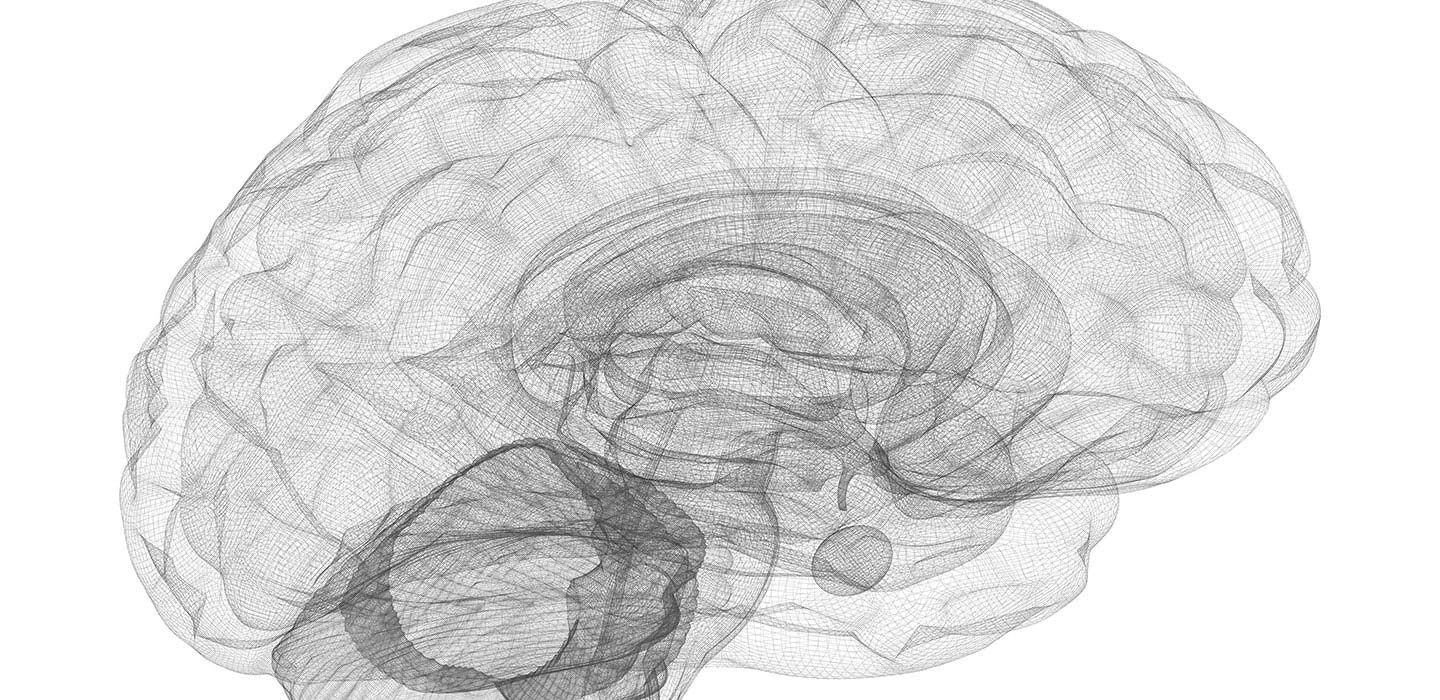Brain Activity Patterns Could Help Identify Best Treatment for Patients with Major Depression
Brain Activity Patterns Could Help Identify Best Treatment for Patients with Major Depression

New research published online March 24 in the American Journal of Psychiatry suggests that an MRI of the brain could help clinicians predict whether a patient with major depression is more likely to recover with antidepressant medication or talk therapy.
Most patients choose between medication and talk therapy when they first seek treatment for depression, but researchers and clinicians have so far not been able to predict who will respond to either treatment. Both medications and psychotherapy can take weeks or months to take effect, and many patients go through a period of trial and error before they find a treatment that works for them.
Hoping to identify patterns of brain activity that could help guide this treatment decision, a research team recruited 122 patients with major depression who had received no prior treatment. Each received a functional MRI scan of the brain before beginning one of three treatments: the antidepressant medication escitalopram (Lexapro), the antidepressant medication duloxetine (Cymbalta), or cognitive behavioral therapy (CBT, a form of talk therapy).
The research was led by Boadie W. Dunlop, M.D., Helen Mayberg, M.D., and W. Edward Craighead, Ph.D.,of Emory University. Dr. Mayberg was a NARSAD 1991 Young Investigator, 1995 Independent Investigator, 2002 Distinguished Investigator, BBRF Scientific Council Member, and winner of the 2007 Nola Maddox Falcone Prize. Another senior member of the team was University of Miami Center on Aging psychiatrist Charles B. Nemeroff, M.D., Ph.D., NARSAD 1995, 1996, and 2003 Distinguished Investigator, BBRF Scientific Council Member, and winner of the 1997 Selo Prize in Depression Research.
After 12 weeks of treatment, patients’ symptoms were reevaluated. On average, patients who received medication experienced a similar reduction in symptoms to patients in the cognitive behavior therapy group, though individual responses varied significantly. According to a standard depression rating scale, 58 patients in the study had achieved remission and treatment had failed for 24 patients.
The research team compared these outcomes with the brain scans taken before treatment began, looking for patterns of brain activity that might help them predict who would respond well to each treatment approach, as well as for which patients each treatment was likely to fail.
They focused on activity connecting an emotion-processing center called the subcallosal cingulate cortex, which often demonstrates increased activity in people with major depression, to other brain regions. Within each treatment group, the team was able to identify patterns that associated with patients’ responses. When activity in the subcallosal cingulate cortex was most closely correlated to that of three other brain regions, patients were more likely to achieve remission with cognitive behavior therapy, the study found, whereas patients lacking coordinated activity in these areas were more likely to achieve remission with antidepressant medication.
The findings are an important step toward helping patients with major depression avoid ineffective treatments and shorten the time to recovery.



